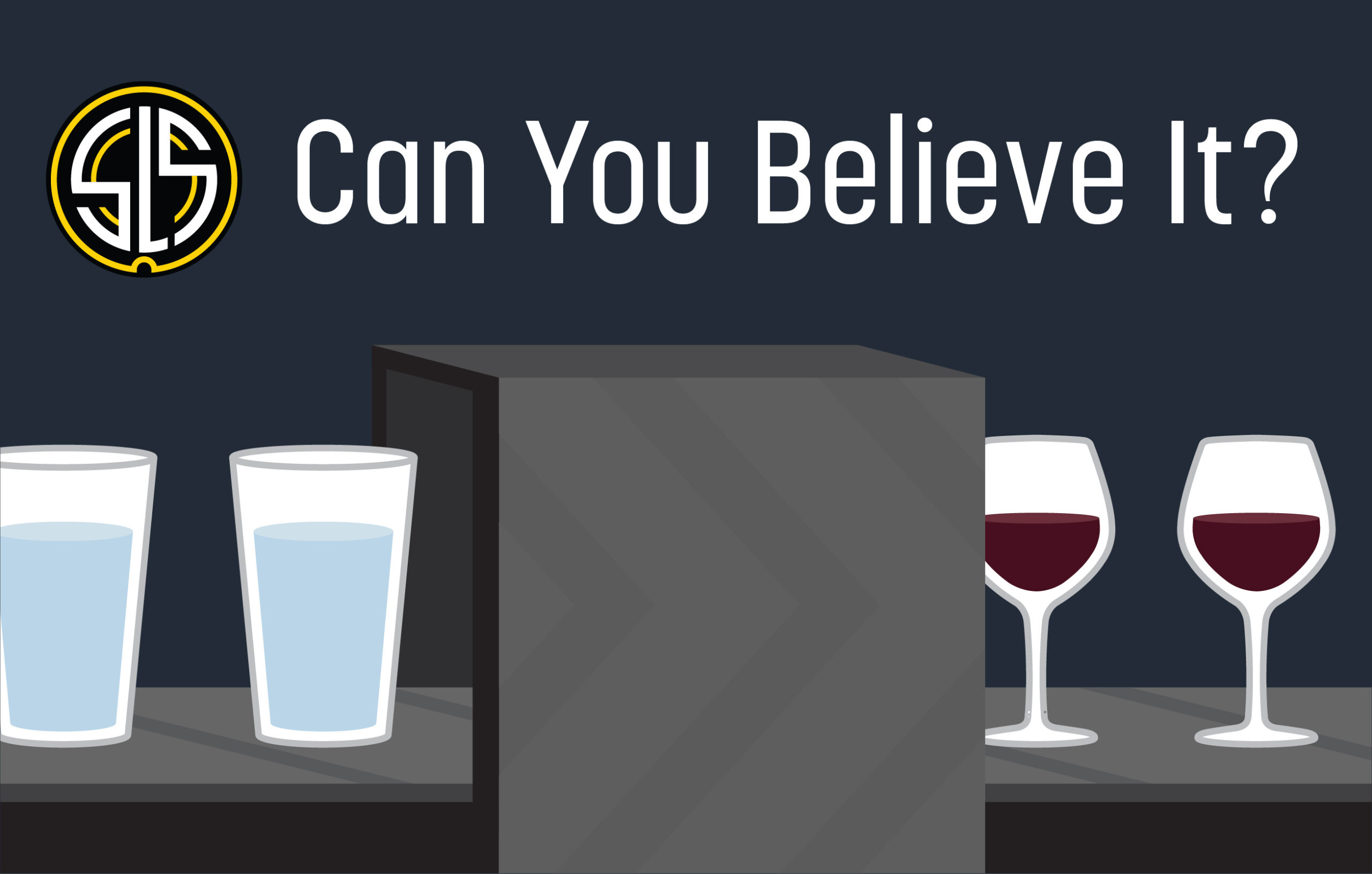Can You Believe It?
As April Fools’ Day was wrapping up last week, we discovered this fascinating list of “The Top 100 April Fool’s Day Hoaxes of All Time.” The site’s editors ranked the pranks, dating back to 1708, by notoriety, creativity, and number of people duped.
We really got a kick out of #31: Thomas Edison Invents Food Machine.
“After Thomas Edison invented the phonograph in 1877, Americans firmly believed that there were no limits to his genius. So when the New York [Daily] Graphic announced on [April 1, 1878] that Edison had invented a machine that could transform soil directly into cereal and water directly into wine, thereby ending the problem of world hunger, it found no shortage of willing believers.”
Believing that your garden soil could turn into Frosted Flakes may seem patently preposterous in the 21st century, but the fact remains that a lot of people still embrace the unbelievable. A surprising number of us naturally gravitate toward near-impossible stories with the naivete of a wide-eyed child.
And it’s not too hard to understand why.
Why We Believe
The swift technological growth of the past fifty years is enough to give us whiplash. We’ve seen concepts and gadgets once considered impossible—science fiction even—brought to life and then quickly become common and unremarkable. We watched video calls in The Jetsons and 3D printers in Star Trek with amazement. Now we roll our eyes at mute button mishaps on our fourth Zoom call of the day. We are quick to believe outlandish technology can be developed because we’ve seen it happen firsthand.
Plus, the notion of bringing unbelievable ideas to life is a romantic one. We are enticed by the possibilities of hard work and unstoppable imagination, and we see it across industries. Consider adidas’s tagline “Impossible Is Nothing,” and Samsung’s “Do What You Can’t.” While a can-do attitude drives innovation and pushes our collective imagination forward, it also can make keeping a critical eye tricky.
So, primed by science fiction and raised with a we-can-do-it attitude, we’ve seen incredibly complex products come to fruition at light speed. It’s not hard to fathom why some of us are eager to believe in The Next Big Thing.
Many people—our close friends and family among them—are in the thrall of the latest technology. We crave whatever shiny, new gadget hits the market without reservation. We will stand in line for anything that promises to be faster, lighter, smaller. This is true whether or not the actual differences are discernible or even desirable. If you dream it, we will believe it, and then we will buy it.
Valuing Your Customer’s Trust
As a business owner, if you value the integrity of your company, you must take the trust your customers have in you very seriously.
Trust and integrity are conveyed in countless ways. Of course, every business strives for a quality product and a proven track record, but what about customers who don’t know you? Or a business that is new to the market? A new customer of a new business can only rely on how you communicate. And we don’t just mean your messaging: A business communicates through its prices, how well its website works, its customer service, where it chooses to advertise, the colors it uses, and yes, its messaging too.
To the consumer, trust feels intuitive, emotional, instant. They give personal information, money, time, and attention, all because of the trust they feel. In reality, this foundation of trust is built on decision after decision. A business whose goal is a long-term customer base and a trustworthy reputation should prioritize integrity and brand transparency above all else.
Are you interested in learning how to build a better sense of trust and connection between your brand and your audience? Let’s talk.
